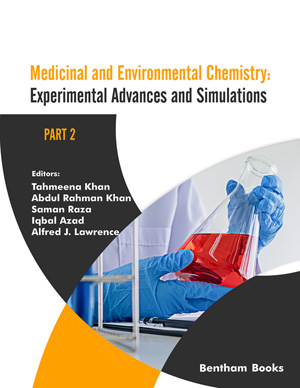Abstract
The pharmaceutical residues and their metabolites present in soil and water have been considered as active pollutants, posing various health risks to humans. Major sources from where pharmaceutical compounds enter the environment are hospitals, pharmaceutical industries, domestic wastes, and improper disposal of medicines. Metabolism of drugs in humans is sometimes incomplete, resulting in their excretion in either the unchanged form or in the form of metabolites. However, biodegradation of pharmaceutical compounds and/or their metabolites in the environment is not easy; therefore, their repeated addition to the environment makes them even more persistent. The pharmaceuticals, based on their physicochemical properties, bind to soil particles or enter the aquatic system. The most adverse effect of increasing the concentration of pharmaceuticals in environmental matrices is the development of resistance in certain bacteria against antibiotics, which is a serious health concern. Steroidal hormones can alter the steroidogenesis of aquatic and terrestrial life and cause endocrine disruption, leading to cognitive and brain development problems. The concentration of pharmaceutical residues in the environment is very low; therefore, highly sensitive instruments for their quantification are required like liquid chromatography coupled with mass spectroscopy (LS-MS/MS) and gas chromatography with mass spectroscopy (GS-MS). The techniques allow the identification of various analytes with improved detection limits. The pharmaceutical residues are considered lethal pollutants, even if present in ng/kg or ng/l, and can cause potential harm upon exposure. This chapter aims to review various analytical approaches for pharmaceutical residue analysis and recent advancements made in analytical techniques.
Keywords: Active pollutants, Analytical techniques, Biodegradation, Gas chromatography, Liquid chromatography, Mass spectroscopy, Pharmaceutical compounds.






















